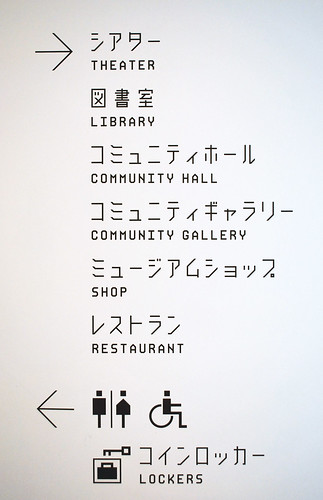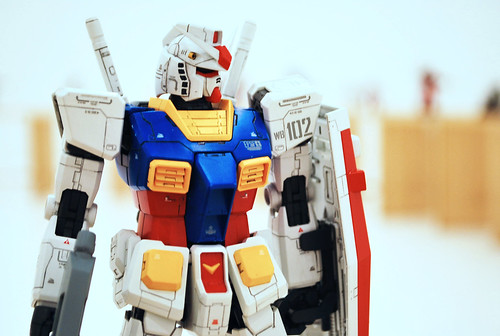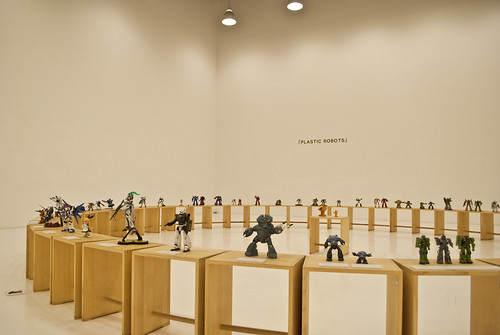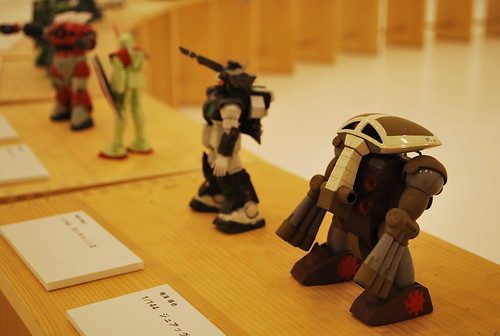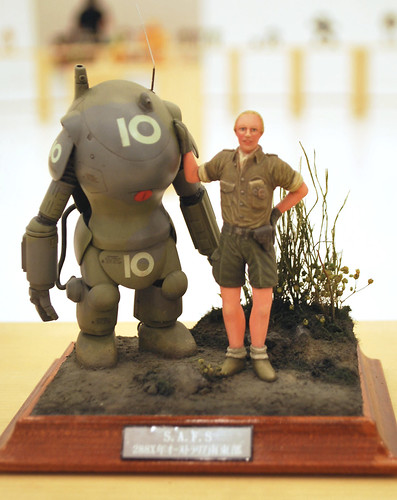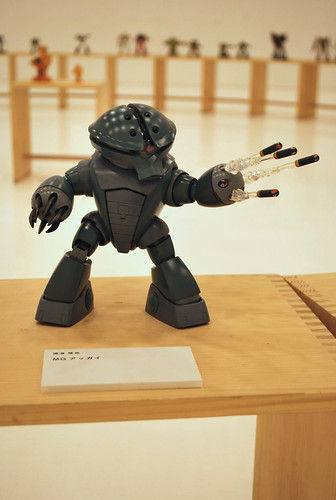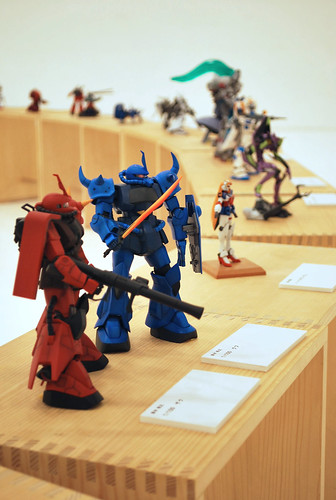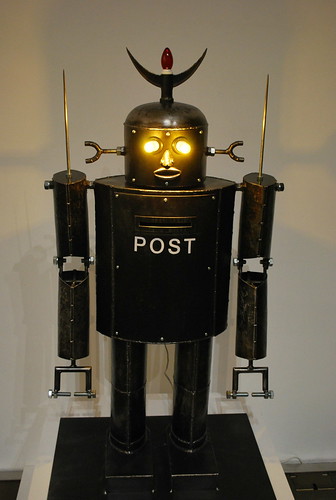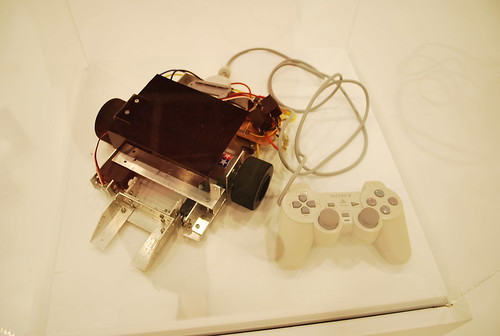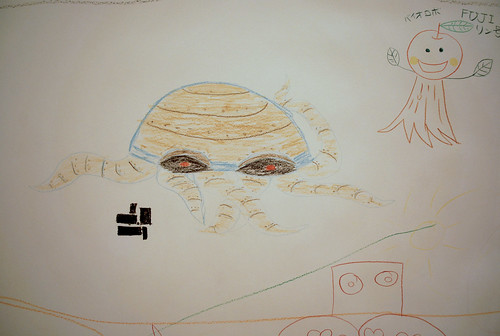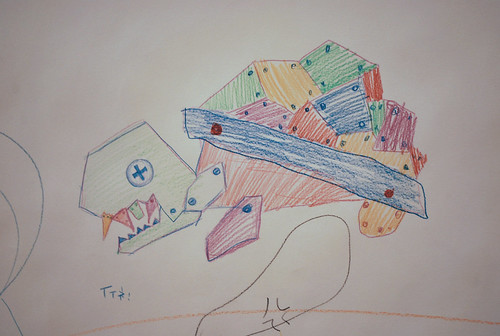I can’t comment what things are like in other prefectures, but on this New-Brunswick-sized northern island of ours the JET family seems pretty tight. Realities of size and space mean that some of us are—at best—distant relatives, but when we all come together for the semi-regular reunions, you wouldn’t know the distance to look at us.
Among all of these people, I’ve been fortunate enough to cling to a few small pieces of home. When we all came over last August, the shallow bits of history I hung onto took the form of Mark and Lindsay, two Toronto JETs (though they’d tell you they’re Georgetown and Mississauga JETs, respectively) who wound up being placed, essentially, in my backyard. For all our common geographic origins, I never thought that we’d wind up being much more than fellow Canadians over here. And yet, here I am, writing about these two as pillars of this experience.
Mark
My first thought when I met Mark at the Toronto orientation, and I found out that he would be placed near me in Hokkaido, was “what a dud.” Between the glasses and the ginger hair, the gangly frame and the weird suit/tie, Mark had “dork” written all over him. At that early point, what verbal interactions I had with Mark failed to sound his true depths, and what I’d seen of his sense of humour left me more confused than anything.
But it wasn’t long before Mark made himself known. I think it went down some time at Tokyo Orientation, when I was forced to share a room with him and Brian from the Toronto group. Victims of the hideous jet lag, Mark and I woke up almost simultaneously at 5am one morning, and when it was clear we weren’t getting back to sleep any time soon, we fell to discussing a shared love for Chrono Trigger, heedless of Brian trying to sleep in the next bed. Throughout the day, our conversation continued and ranged onto other topics, eventually turning to Mark’s university days and the mad, booze-fueled antics he’d gotten up to at the time. Rather quickly, I lost my first impression of Mark as some kind of square, replacing it with an image of him as a wild party animal.
And I think the reason I thought Mark a dud when I first met him in his business duds is that Mark isn’t meant to wear business duds. Mark is better suited by blue jeans, bush jackets, and bandanas. This was a man who had lived and worked for months in the northern reaches of Canada, where us soft, whities of the south often fear to tread. He had become a part of Inuit communities and had drank his way through the midnight hours of neverending days.
Pretty much as soon as he got set up in his high school ALT position over here in Hokkaido, Mark set to work trying to press the limits of the smart business attire demanded by the high schools. He bought hideous skinny ties and scratchy wool cardigans.
The cramped confines of his monkey suit on that first day also hid Mark’s madness. I have heard more “your mom” jokes from Mark—honestly delivered—than from any other source, and this stream of misogynistic filth seems to inspire similar outbursts from me as I try to keep up with Mark.
The lion’s share of the adventures I’ve had in this place, I’ve had with Mark. He seems to be the very definition of “ride or die” as he comes up with new, crazy ideas for adventures daily, and he’s rather good at convincing you that you want to accompany him on them. Mark’s the reason I climbed Rishiri, and Mark’s the reason I fell in love with Shikotsuko. Mark’s been my wingman since before I realized I needed one, and Mark gets a Best Supporting award for one of the loveliest things to yet happen to me out here.
Once I started to get the hang of Mark, one of my first thoughts was “my brother’s going to LOVE this guy.” However, it wasn’t long before I realized that my brother WAS this guy, and this guy was my brother: some strange ginger echo of Craig, as he’d have turned out in some alternate reality. Though they’re different enough to be distinct, Mark and Craig’s areas of overlap are more than a bit unnerving. I guess that’s why it’s not such a stretch for me, now, to call Mark my adoptive Hokkaido brother.
Lindsay
Though I was never blessed with a genetic one, I seem to pick up surrogate sisters wherever I go. I also seem to pick up Linds(a/e)ys. The name, for me, has become a bit of a signpost—a hint or, perhaps, a warning that this person is meant to figure heavily in my life; that, if I’m not careful, this person may just be the end of me.
From fairly early on Lindsay struck me as an echo in my life: when I met her, I felt instantly comfortable with her and I felt a bit like I’d known her before. When I met her at Toronto Pre-Departure Orientation and when we would run into each other at events after it, we always seemed to fall into a kind of chill rhythm with each other. Even as she yakked in a plastic bag next to me on the bus from Keio Plaza to Haneda airport after orientation, and I bought her the Japanese equivalent of Gatorade to hasten her recovery, we were chill.
So, yeah: Lindsay has definitely become my surrogate sister in Hokkaido, but she’s been known to play the part with the hard-nosed, don’t-take-no-shit attitude that one might more accurately expect of a brother. Hell, she has taken to calling me “Princess” when the time comes for us to be out the door, but I’m still busy faffing about.
Though Lindsay might not be as ride-or-die as Mark, she’s definitely a close second. The majority of those adventures I’ve had with Mark have also been adventures I’ve had with Lindsay. When Mark and I scaled Rishiri with our hiking packs and hiking boots and rain gear and extra clothes and emergency food and at least 2L of water, Lindsay made it up with us (and made it down faster than us!) in skater shoes, a school bag containing a couple of onigiri, and a hideous jacket she’d picked up on clearance.
Lindsay can pick up Japanese guys with the deft skill and non-challance of a strapping Gaijin lad picking off giggling Japanese girls, and then she’ll go and surprise me with just how big her heart is when it doesn’t work out. She’ll dress up nice in heels and a dress, only to speak to you in a language written in video games. She’ll make you a card from scratch for your birthday when you all go out to celebrate, and then she’ll drink you under the table. She’s also one of the few people I know who actually reads this blog and seems to like it as much as I do, for which I’m very grateful.
One of the most profound things Lindsay ever told me about her and I and this whole JET experience is that, no matter what happens and who stays for how long and where they wind up along the way, when it’s all over her and I still come from the same place. And, should we ever find ourselves pining away for Japan in distant years, we’ll likely have the benefit of each other to reflect on the wacky foreign experience we shared.































